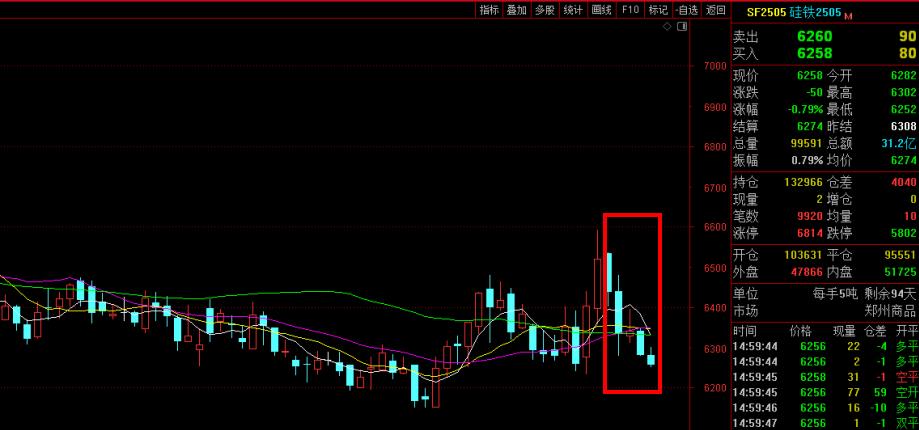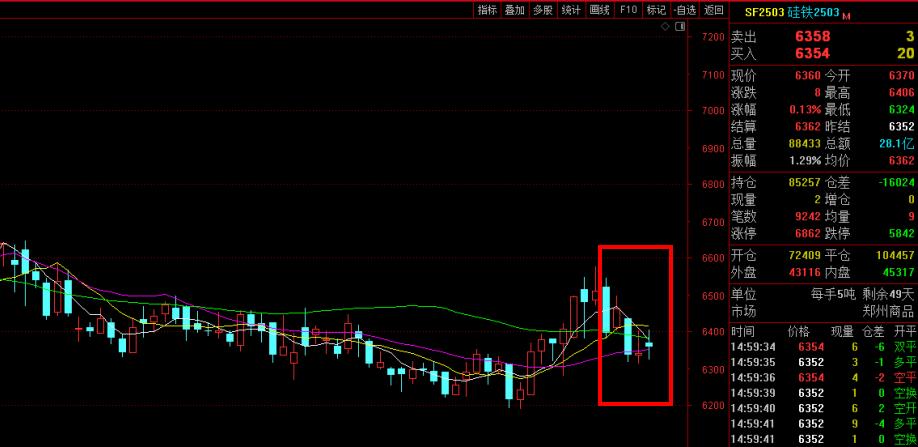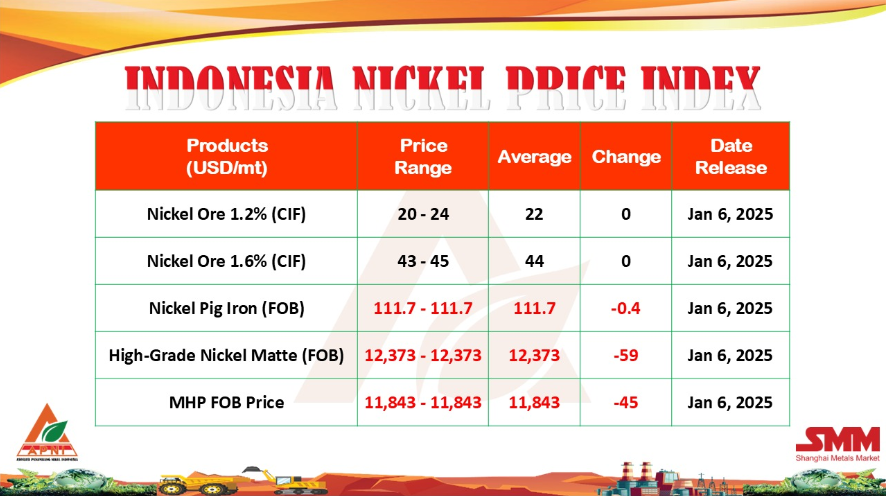
Exports of China's machinery manufacturing sector will likely face uncertainties caused by high material prices and the resurgence of COVID-19 infections across the world in the second half of this year, senior industry officials warned recently.
Even though the country's foreign trade in this sector soared 36 percent on a yearly basis to $491.72 billion in the first half, they said many domestic companies will likely face pressure in gaining orders from overseas markets for the rest of this year.
Chen Bin, executive vice-president of the China Machinery Industry Federation, or CMIF, said about 40 percent of the association's key member companies reported their orders on hand can meet production in the third quarter, and only 20 percent of companies said their orders have been scheduled to the end of 2021.
Addressing a news conference in Beijing, Chen said with the impact of epidemic fluctuations on project performance and expensive shipping costs, as well as the impact of exchange rates, the export situation of China's machinery industry will be unclear in the second half.
"Despite the recent rapid rise in the prices of bulk commodities such as steel and nonferrous metals being restrained by government policies, the prices are still fluctuating at high levels, and the impact on the efficiency of the machinery industry continues," he said.
The production of certain categories already showed signs of falling from previous high levels. In June alone, the output of excavators declined 25.65 percent year-on-year to 27,000 units in China, while the monthly output of large and medium-sized tractors, primary processing machinery for agricultural products, and pollution control and prevention equipment also fell from the same period last year, data released by the Beijing-based industry association showed.
Given the growth rate of China's main economic indicators may slow down in the second half compared with the first half, the CMIF predicted the growth rate of added value, operating income, and profit of China's machinery industry will reach about 6 percent, respectively, this year.
"The dual-circulation development paradigm, restorative investment and construction projects planned and conducted during China's 14th Five-Year Plan period (2021-25) will create growth momentum, and further spur the structural adjustment and industrial upgrading of China's machinery manufacturing sector to further prevent external risks," Chen added.
"Backed by China's complete industrial chains and years of technology accumulation, the technological level of the nation's machinery exports has surged significantly despite the disruption of the pandemic," said Chen Shihua, deputy secretary-general of the China Association of Automobile Manufacturers in Beijing.
"Led by industrial robots, batteries and automobile, especially the new energy vehicle segment, the country's exports in these categories will see notable growth between July and December," he added.
China's auto exports jumped 108.49 percent year-on-year to 880,000 units in the first six months, while the total value of its battery exports amounted to $13.11 billion, growing by 71.9 percent on a yearly basis, CMIF data showed.
With many countries setting goals to further cut carbon emissions, Chinese electric vehicle manufacturer Nio Inc said it will begin exporting vehicles to Norway in September, the first step of its go-global campaign.
William Li, Nio's CEO, said the company started to take orders last month. The vehicles will be made at its plant in Hefei, Anhui province.
Li said the company's passenger vehicles will be available in five European countries by 2022. The automaker has been discussing the possibility of entering the market in the United States in the coming years.
Source: CHINA DAILY
Copyright © 2013 Ferro-Alloys.Com. All Rights Reserved. Without permission, any unit and individual shall not copy or reprint!
- [Editor:kangmingfei]



 Save
Save Print
Print Daily News
Daily News Research
Research Magazine
Magazine Company Database
Company Database Customized Database
Customized Database Conferences
Conferences Advertisement
Advertisement Trade
Trade














 Online inquiry
Online inquiry Contact
Contact

Tell Us What You Think